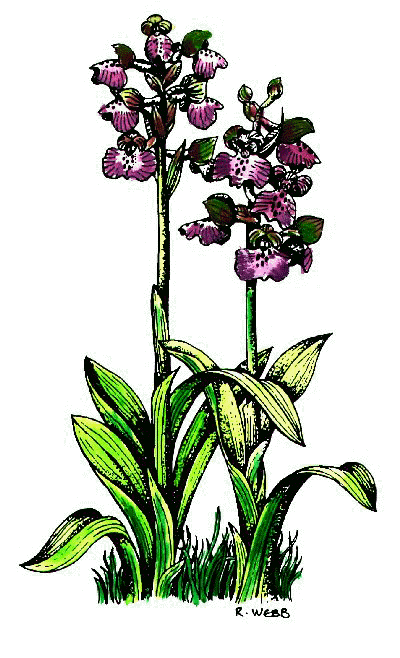
Conservation Designations

Conservation Designations
In this page you can read descriptions of the main conservation designations used to categorise sites for conservation. These have been copied from web sites where you can find fuller descriptions and also in some cases list of sites and their conditions etc.
The Ramsar Convention on Wetlands
The Convention on Wetlands of International Importance, called the Ramsar
Convention, is an intergovernmental treaty that provides the framework for
national action and international cooperation for the conservation and wise use
of wetlands and their resources.
The Ramsar Convention is the only global environmental treaty that deals with a
particular ecosystem. The treaty was adopted in the Iranian city of Ramsar in
1971 and the Convention's member countries cover all geographic regions of the
planet.
The Ramsar mission
The Convention's mission is "the conservation and wise use of all wetlands
through local and national actions and international cooperation, as a
contribution towards achieving sustainable development throughout the world".
The Convention uses a broad definition of the types of wetlands covered in its
mission, including lakes and rivers, swamps and marshes, wet grasslands and
peatlands, oases, estuaries, deltas and tidal flats, near-shore marine areas,
mangroves and coral reefs, and human-made sites such as fish ponds, rice
paddies, reservoirs, and salt pans.
The Wise Use concept
At the centre of the Ramsar philosophy is the “wise use” concept. The wise use
of wetlands is defined as "the maintenance of their ecological character,
achieved through the implementation of ecosystem approaches, within the context
of sustainable development". "Wise use" therefore has at its heart the
conservation and sustainable use of wetlands and their resources, for the
benefit of humankind.
Special Areas of Conservation (SAC)
Special Areas of Conservation (SACs) are strictly protected sites designated
under the EC Habitats Directive. Article 3 of the Habitats Directive requires
the establishment of a European network of important high-quality conservation
sites that will make a significant contribution to conserving the 189 habitat
types and 788 species identified in Annexes I and II of the Directive (as
amended). The listed habitat types and species are those considered to be most
in need of conservation at a European level (excluding birds). Of the Annex I
habitat types, 78 are believed to occur in the UK. Of the Annex II species, 43
are native to, and normally resident in, the UK.
Details of the process of SAC selection and designation are available on JNCC's
SAC selection pages. Also provided is a full list of sites within the UK or
each country within the UK (England, Northern Ireland, Scotland, Wales),
with links to site descriptions including details of qualifying features for
designated SACs, SCIs or candidate SACs, and summary information for possible
SACs. Downloadable data available includes a summary spreadsheet, GIS boundary
data and copies of site documentation for designated sites.
Special Protection Areas (SPAs)
Background
Special Protection Areas (SPAs) are strictly protected sites classified in
accordance with Article 4 of the
EC Birds Directive, which came into force
in April 1979. They are classified for rare and vulnerable birds (as listed on
Annex I of the Directive), and for regularly occurring migratory species. The
European Commission's website hosts a full
copy of the
EC Directive on the conservation of wild birds
(79/409/EEC), within which all the Articles and Annexes (including
amendments) are given, along with useful interpretation information. JNCC has
prepared an
Index to key rulings of the European Court of Justice relating
to the selection, classification and management of SPAs under Article 4 of the
EU Birds Directive.
Classification of SPAs
In the UK, the first SPAs were identified and classified in the early to mid
1980s. Classification has since progressed and a regularly updated
UK SPA Summary Table provides an overview
of both the number of classified SPAs and those approved by Government that are
currently in the process of being classified (these are known as potential SPAs,
or pSPAs).
A
full list of UK SPAs is also available,
which gives the site name, site code, area, and location and its classification
status. This has also been split into lists for each individual country in the
UK (England, Northern Ireland, Scotland, Wales)
Sites of Special Scientific Interest (SSSI)
(Bottom navigation)